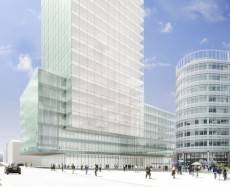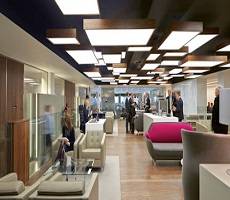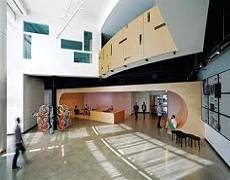February 1, 2014
This week’s Insight is now available to view online
![]() In this week’s Insight, available to view online; signs that the recovering UK economy is putting pressure on the availability of both skilled employees and Grade A office space; the disparities that exist in flexible working arrangements across the country; and the Green Building Council criticises Prime Minister David Cameron’s decision to slash 80,000 pages of environmental guidance. RICS publishes a report by Occupiers Journal on how to prove the value of FM to board level directors; Pam Loch provides some legal guidance on managing employees embroiled in an office romance and Mark Eltringham wonders when modern office furniture design will begin to live up to the iconic pieces of yesteryear [pictured]. To automatically receive our weekly newsletter, simply add your email address to the box on the home page.
In this week’s Insight, available to view online; signs that the recovering UK economy is putting pressure on the availability of both skilled employees and Grade A office space; the disparities that exist in flexible working arrangements across the country; and the Green Building Council criticises Prime Minister David Cameron’s decision to slash 80,000 pages of environmental guidance. RICS publishes a report by Occupiers Journal on how to prove the value of FM to board level directors; Pam Loch provides some legal guidance on managing employees embroiled in an office romance and Mark Eltringham wonders when modern office furniture design will begin to live up to the iconic pieces of yesteryear [pictured]. To automatically receive our weekly newsletter, simply add your email address to the box on the home page.
























December 29, 2013
The most read stories on Insight in 2013
by Mark Eltringham • Comment, Facilities management, Workplace design
(more…)